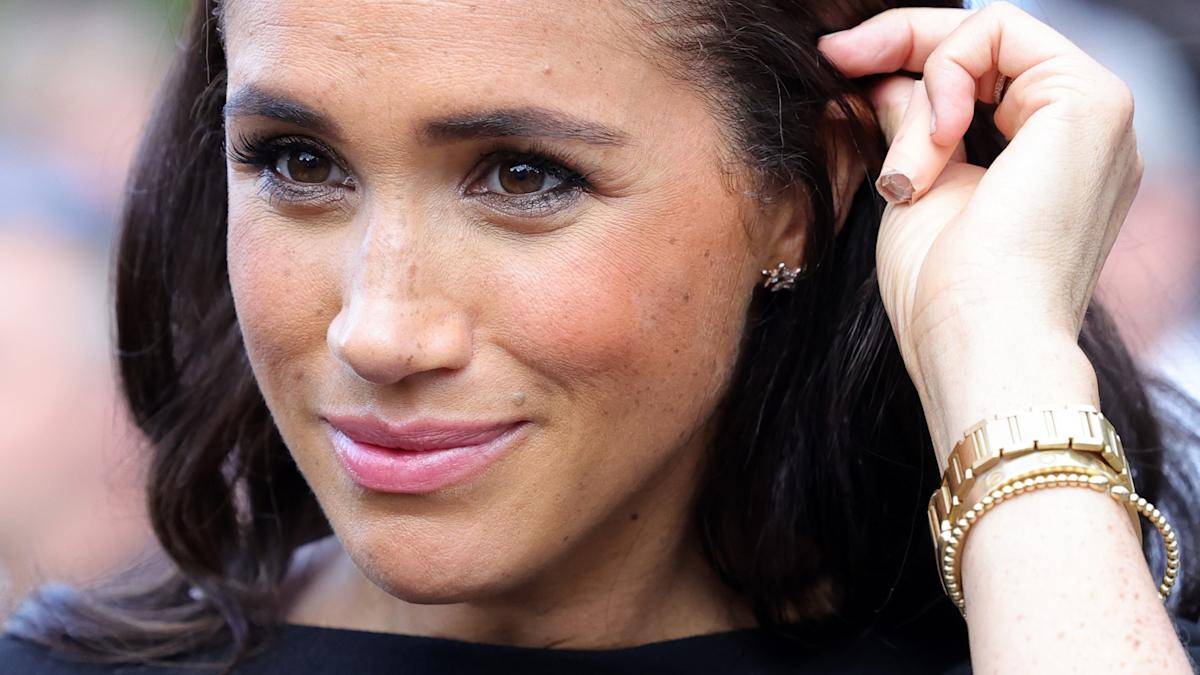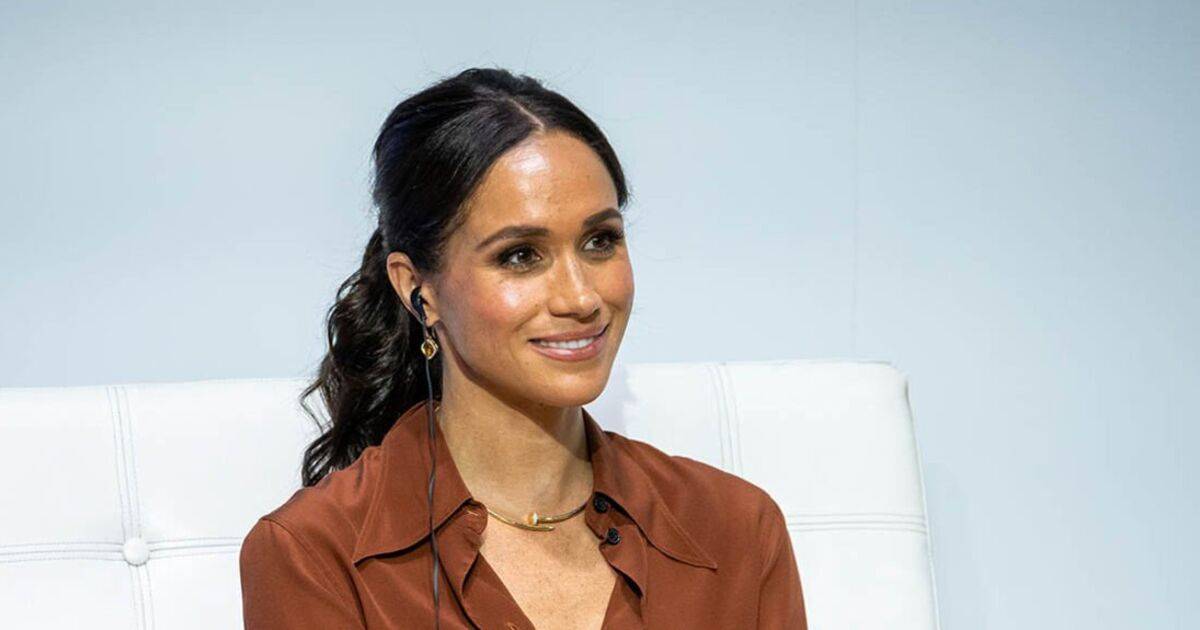As I sit in my living room, sipping coffee and reflecting on my future, I often wonder how I can ensure a retirement that feels both fulfilling and financially secure. For many of us, the idea of retirement evokes visions of adventure, relaxation, and finally having the time to pursue our true passions. But to make these dreams a reality, thoughtful planning is essential.
Navigating the World of Retirement Planning
Let’s face it: planning for retirement can feel daunting, especially when you’re just starting out. It’s important to begin by envisioning what your ideal retirement looks like. Do you see yourself traveling extensively, or perhaps dedicating more time to hobbies and family? Whatever your vision, establishing a clear picture of your desired lifestyle will help you calculate what it might cost and plan accordingly. This process involves balancing growth potential with principal preservation to ensure that your savings grow enough to keep up with inflation while minimizing risk.
“The biggest risk to a long-term investor is being too conservative, so they can’t keep up with inflation,” notes a financial expert.
Maximizing Your Savings
One of the first steps in smart retirement planning is maximizing your savings. This can involve contributing to a 401(k) or opening an IRA if your employer doesn’t offer a retirement plan. If you’re eligible, consider using a Health Savings Account (HSA) to save for healthcare expenses while also benefiting from tax advantages—contributions are tax-deductible, growth is tax-free, and withdrawals for qualified medical expenses are tax-free.
Developing a Withdrawal Strategy
Once you’ve built up your savings, the next step is to develop a withdrawal strategy. The 4% rule is a common guideline: withdraw about 4% of your retirement savings each year, adjusting for inflation. However, this rule may need to be adjusted based on your personal financial situation and inflation rate. It’s also crucial to think about tax-smart withdrawals, such as tapping required minimum distributions (RMDs) first and saving Roth accounts for last, as these withdrawals are tax-free if the conditions are met.
Incorporating Mindfulness and Intention
In today’s fast-paced world, it’s easy to get caught up in immediate needs and forget about long-term goals. Mindfulness and intention can play a significant role in retirement planning. By being more mindful of your spending and financial goals, you can align your daily decisions with your long-term aspirations. This might involve regularly reviewing your budget to ensure you’re saving enough or using tools like budgeting apps to track your expenses.
Embracing Lifelong Learning
As we approach retirement, it’s also important to embrace lifelong learning. Continuously updating your skills and knowledge can not only enhance your personal fulfillment but also provide opportunities to work part-time or consult in areas you love, extending your working life if needed.
Building a Sustainable Future
Finally, consider how your retirement goals align with sustainable living principles. By investing in eco-friendly ventures or choosing ESG (Environmental, Social, Governance) investments, you can contribute to a better world while securing your financial future.
In the end, retirement planning is about more than just numbers; it’s about creating a life that reflects your values and brings joy. As you consider your retirement goals, remember that your choices today can shape a brighter future tomorrow. So, take a moment to envision your dream retirement and start taking small steps toward making it a reality. What does your ideal retirement look like, and what can you do today to move closer to achieving it?
For more insights on planning for a secure future or exploring sustainable living practices, check out our latest articles on Epochedge News and Epochedge Lifestyle.









